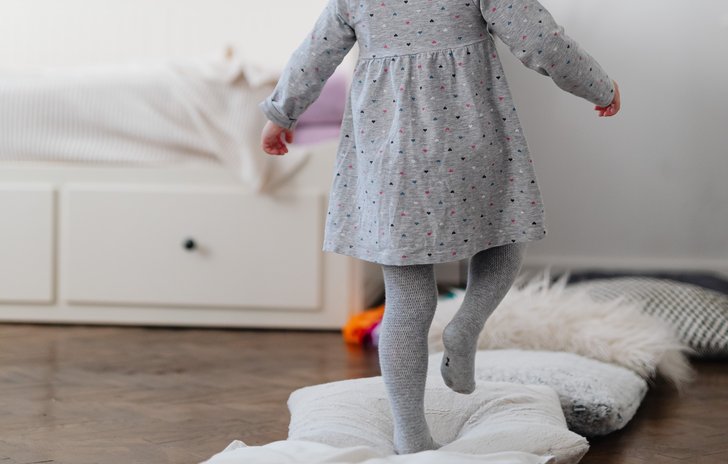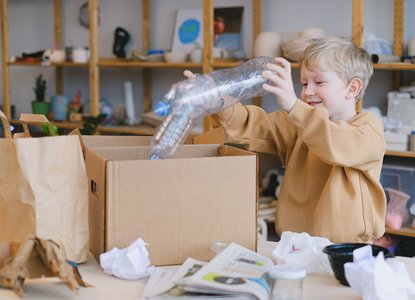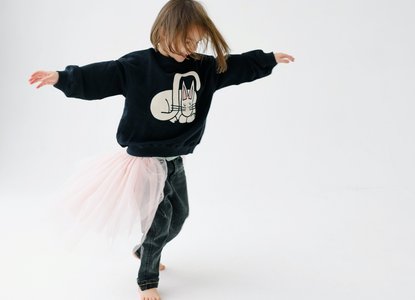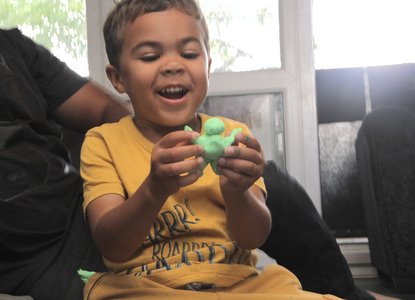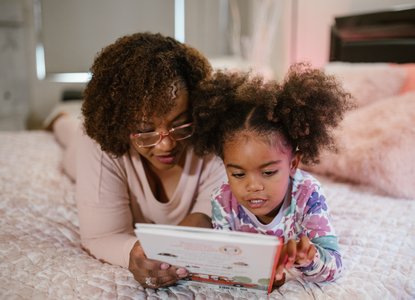Making an obstacle course will get your child physically active, thinking, problem solving and chatting.
Use items you already have around your home.
Make a mini obstacle course:
Make an obstacle course for a toy.
First, ask your child to choose a toy. Maybe their favourite teddy bear is late for tea and needs to get around the course.
Use your child’s other toys, such as blocks, construction toys or train tracks, as well as household items like shoes, cardboard boxes or cushions as obstacles. Decide where the course starts and ends. Get your child to help – making the course is lots of fun!
You could add some signs or arrows, or draw some objects to avoid, like muddy puddles or hot larvae!
Now encourage your child to move their toy around the course. Talk about what's happening as they go. For example, Oh no, the cushion is blocking teddy’s way! Teddy is going under the bridge. Teddy jumped over the muddy puddle. Describing how the toy is getting around the obstacles will introduce positional language to your child, words such as around, under and over.
Make a life-size obstacle course:
Before making a real obstacle course for your child think carefully about the safest place to build it.
It's also a good idea to chat to your child about making sure it's a safe obstacle course before they use it.
Support your child to find objects around your home that they could use. For example, pillows or cushions will make good stepping stones, a stool or chair could be an over or under obstacle, use a rope or masking tape as a tight rope on the floor, a sheet with clothes pegs could make a bridge or tunnel to crawl under.
You could add some signs, numbers or arrows, or draw some objects to avoid, like muddy puddles or hot larvae.
Now help your child move around the obstacles. Give them instructions or talk about what is happening as they go. For example, you're going under the chair, now step across the stepping stones, 1, 2, 3, 4, 5! Careful balancing, that's it, one step in front of the other, well done! Describing how they are moving around the obstacles will introduce positional language to your child, words such as next to, underneath and above.
Good to know
When your child is relaxed and having fun, they are likely to talk more. This is a fun way to develop coordination, mark-making, problem-solving and their vocabulary.
Find more advice on keeping your toddler active on the Start for Life website.
